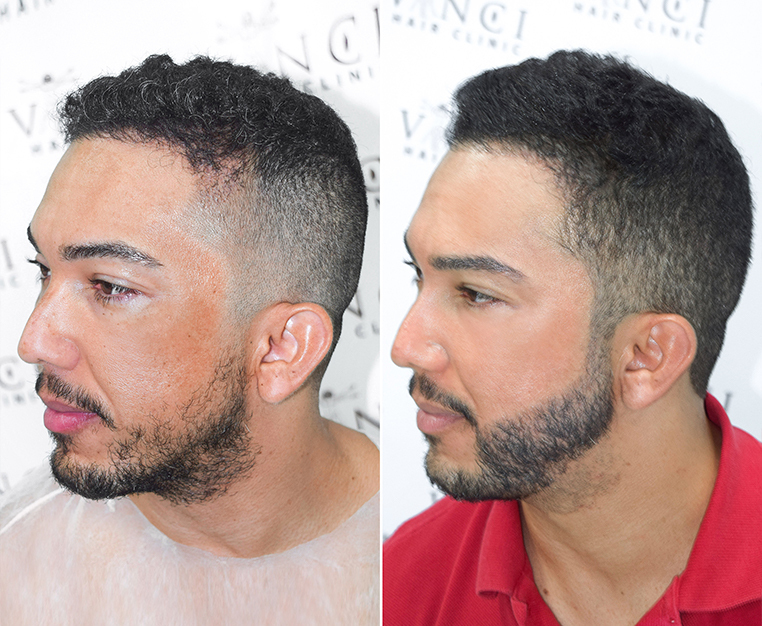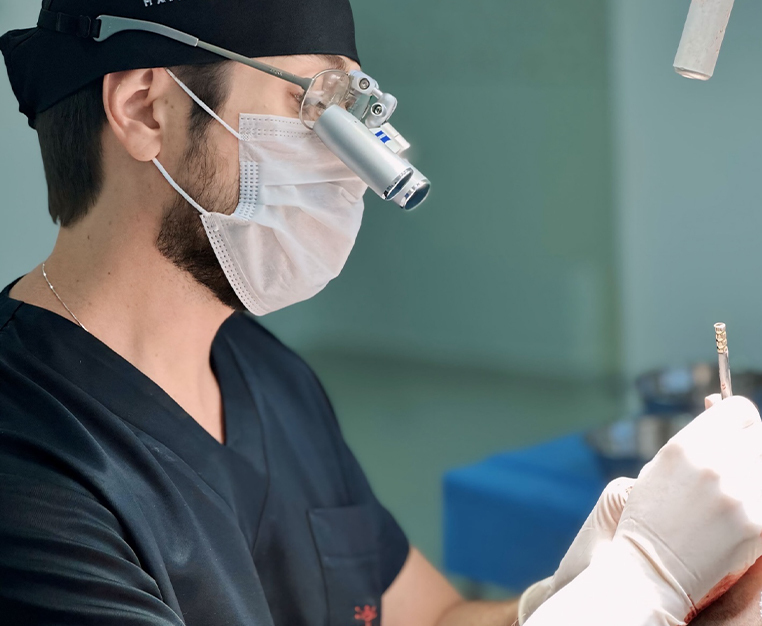It used to be that hair loss was viewed as a male-only problem. It wasn’t that women didn’t suffer from it, more that it just wasn’t talked about. All that has changed. Celebrities like Tyra Banks, Viola Davis and Jada Pinkett Smith have spoken in the media about their hair loss issues, and this has paved the way for other women to speak up, too. That’s good news, because there’s a lot that needs talking about! We’re going to make our contribution to the conversation with this article. We’re going to look at the causes of female pattern baldness (FPB), as well as some of the treatments for the condition. Keep reading!
What is It?
Also known as female pattern hair loss or, more correctly, androgenetic alopecia, FPB is the most common cause of hair loss in women. It’s estimated that about 40% of women experience noticeable hair loss by the age of 50. The condition is characterised by gradual thinning of the hair on the scalp. While its precise causes are not fully understood, several interlocking factors are believed to contribute to its development.
Causes
Genetic factors play a significant role in FPB. If your parents or close relatives have experienced hair loss, you may be more prone to developing it as well. That’s because your genes may influence the sensitivity of hair follicles to androgens like dihydrotestosterone (DHT), and women with heightened sensitivity to these hormones may experience hair follicle miniaturisation, leading to thinner hair and shorter hair growth cycles. The term ‘androgenetic alopecia’ should tell you just how significant androgens are in the hair loss of both men and women.
The ageing process can also make women more susceptible to the effects of androgens. Additionally, ageing slows the rate of hair regrowth, leading to a more noticeable thinning appearance.
Hormonal imbalances that result in elevated levels of androgens can trigger or accelerate FPB. This can occur at any stage in a woman’s life but is most common during menopause.
Certain medical conditions can contribute to female pattern hair loss. Polycystic ovary syndrome (PCOS), a hormonal disorder common in women of reproductive age, is associated with increased androgen production, potentially leading to hair loss. Other conditions like thyroid disorders and autoimmune diseases can also affect hair growth.
Emotional or physical stress can sometimes trigger or exacerbate hair loss, including FPB. Stress disrupts the hair growth cycle, leading to a higher percentage of hair follicles in the resting phase (telogen) and subsequent shedding.
Some haircare habits may damage your hair and lead to hair loss. These can include excessive styling or treatments that involve heat, chemicals, or traction on your strands. Prolonged use of harsh hair products, such as dyes, relaxers, or strong shampoos, can weaken the hair and lead to breakage.
Treatments
There are a variety of ways to treat FPB. Some women find success with minoxidil, a topical solution that promotes hair growth. Research shows that minoxidil can be effective in stimulating hair regrowth. However, keep in mind that results may vary from person to person, so don’t expect miracles overnight!
Clinical studies have explored the potential of platelet-rich plasma (PRP) therapy to stimulate hair regrowth. PRP involves the injection of a sample of your own blood into your scalp. The sample is first subjected to a centrifugal process. While research is ongoing, some studies have shown promising results, making it an option worth considering.
Historically, hair transplants have been seen as a guy thing. While there are still many more men than women getting hair surgery, the procedure is growing in popularity amongst females. It has shown some promising results, especially for women with stable hair loss patterns.
Lifestyle Changes
Apart from medical interventions, there are lifestyle changes you can make to support healthy hair growth. Eating a balanced diet rich in vitamins and minerals, like iron and biotin, can do wonders for your hair, as deficiencies in these nutrients can contribute to hair loss.
Stress management techniques, such as meditation or regular exercise, can also help slow down hair loss, so finding ways to relax and unwind is crucial. Plus, exercise boosts blood circulation, which can promote hair growth. Finally, making adjustments to your haircare habits can help prevent further damage to your hair. In essence, that means avoiding excessive heat styling, chemical treatments, and too-tight hairstyles.
Final Thoughts
FPB is a common issue that affects many women around the world. It may be frustrating, but with the right knowledge and support, you can take control and find solutions that work for you. If you’re experiencing hair loss, you should consult with a hair specialist and get a proper diagnosis and personalised treatment plan.
Vinci Hair Clinic can help with that. We’re one of the world’s leading hair restoration organisations, with a network of clinics around the globe. We offer a free, no-obligation consultation to all our new clients, one that can take place in person or using photographs over the phone. Get in touch to book your appointment!





